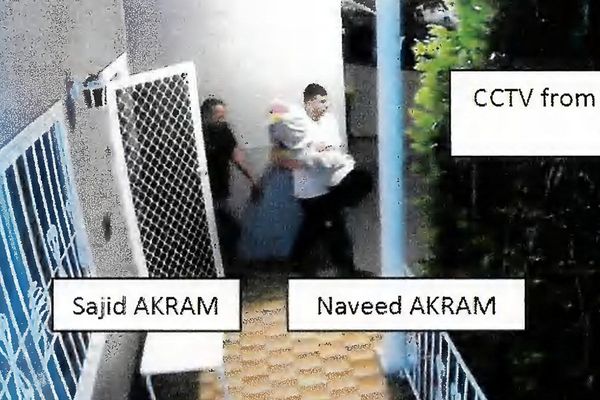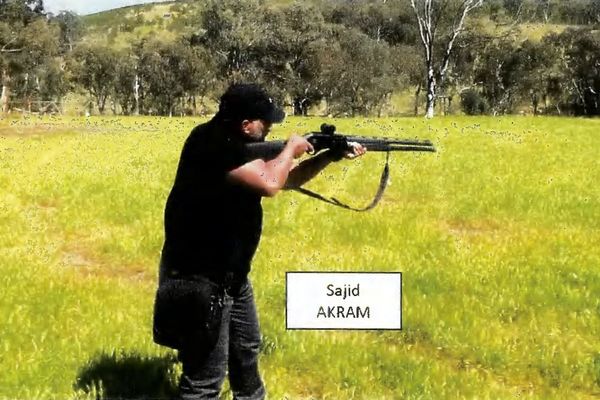
A flock of geese winging across an estuary in V-formation is one of the most iconic spectacles of the season, but a rare sight in Langstone and Chichester harbours. In flight, our wintering dark-bellied brents lack the military precision displayed by other species, most notably pink‑footed and barnacle geese. Instead, they ribbon across the steely December sky in long, undulating lines or stretch out laterally in a broad front.
As I walk along the shore, 200 or so brents take flight, flushed from the coastal grazing by an off-lead dog. They momentarily jink and morph as one entity, reminiscent of a starling murmuration; then, as they wheel around, heading for the mudflats, the flock starts to elongate and splinter, irregular gaps appearing as sub-flocks form. At first glance, there’s no semblance of order, but as they pass overhead, I realise that some birds are arranging themselves into loose wedge-shaped formations.
Flying in formation has aerodynamic benefits. Air displaced by the downbeat of the bird in front’s wings creates an upwash of air for the trailing individual to ride on, reducing drag and helping them conserve energy. The lift generated by the lead goose fractionally increases for each further back in line, with those bringing up the rear gaining the greatest advantage. However, brents are our smallest goose species, so they may not benefit from the same proportional energy savings as larger waterfowl, which expend more energy in flight.
The classic V-shape also makes it easier to maintain visual contact – a key reason why military aircraft adopt this formation during operations and airshows. But brents are noisy, constantly calling to one another to communicate their position and changes in direction, altitude, speed or leadership. They also form strong familial bonds, juveniles remaining with their parents and siblings throughout their first winter, and this familiarity may enhance their ability to fly together as a cohesive unit without employing such a formal flock configuration.
Nevertheless, a family party of two adults and their three offspring approaching from the west – prime peregrine territory – have adopted a boomerang formation. Whether fighter pilots or geese, it’s undeniably advantageous if all eyes can see forward in potentially hostile airspace.
• Under the Changing Skies: The Best of the Guardian’s Country Diary, 2018-2024 is published by Guardian Faber; order at guardianbookshop.com and get a 15% discount







